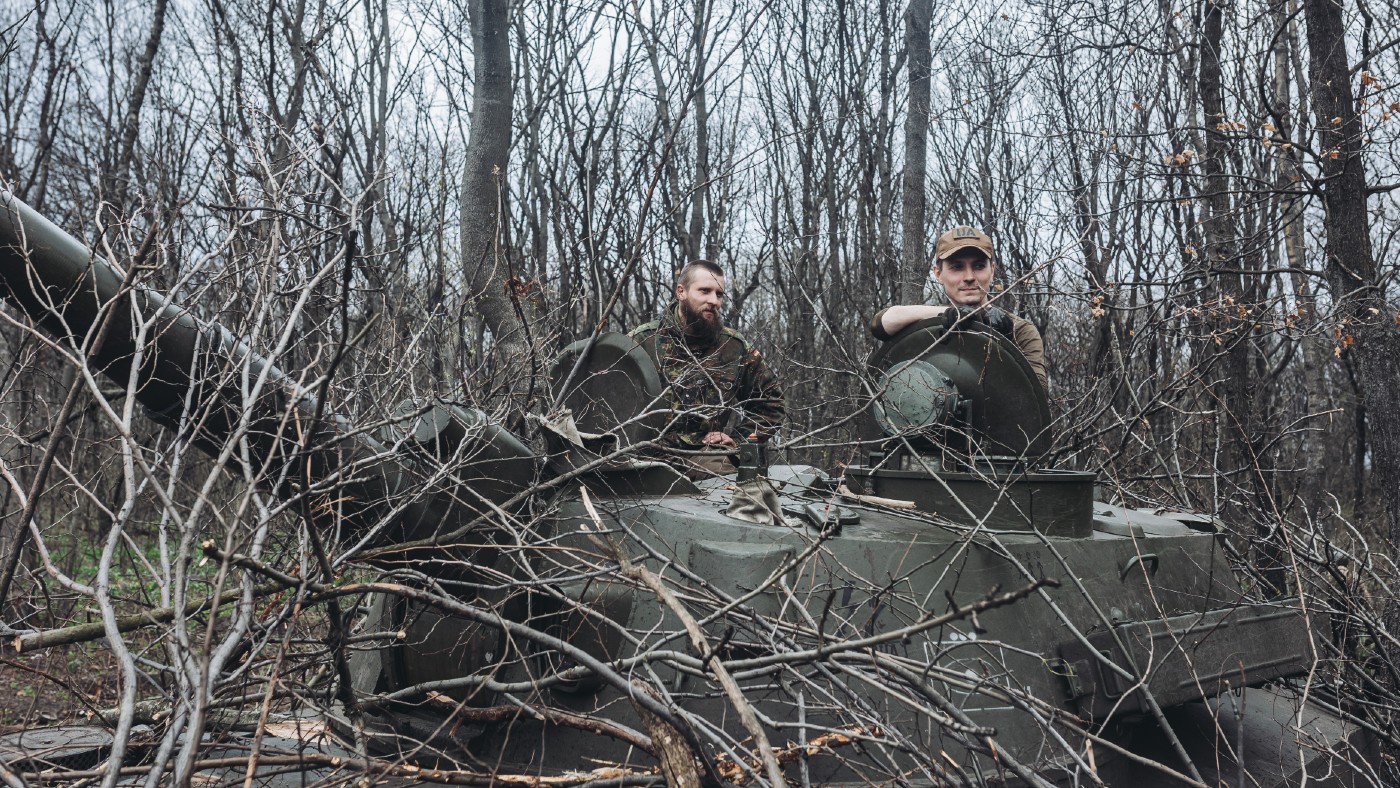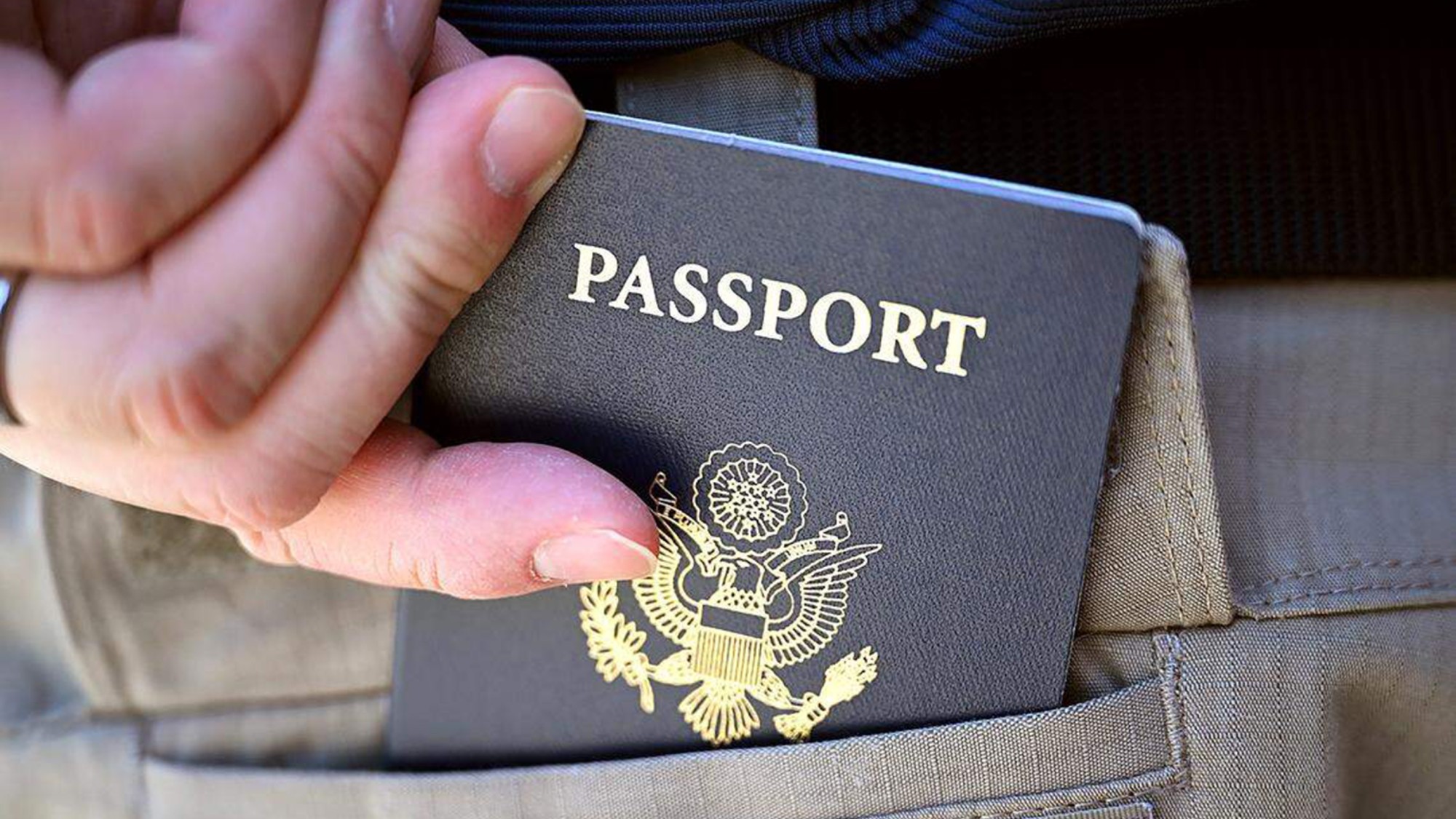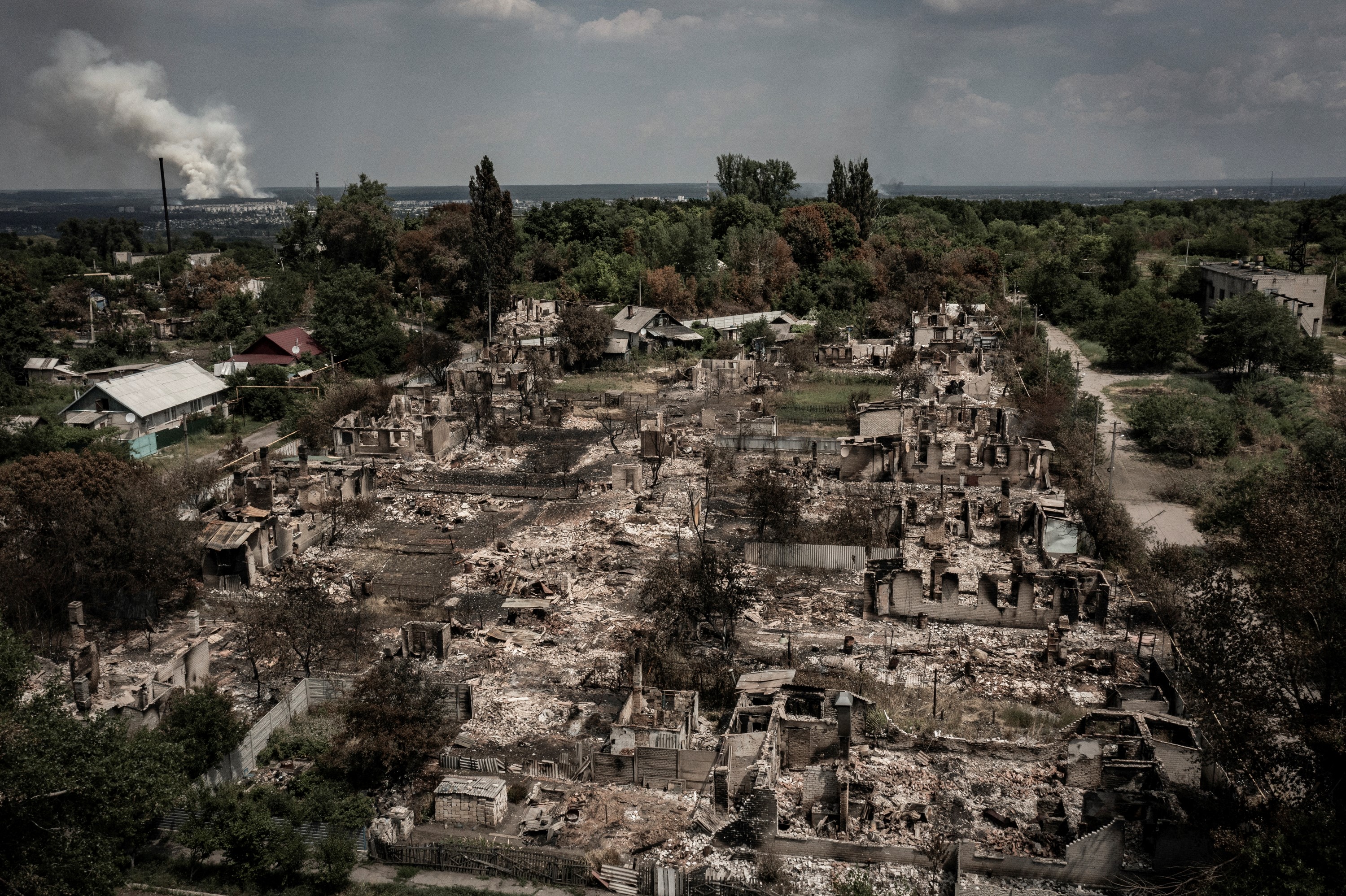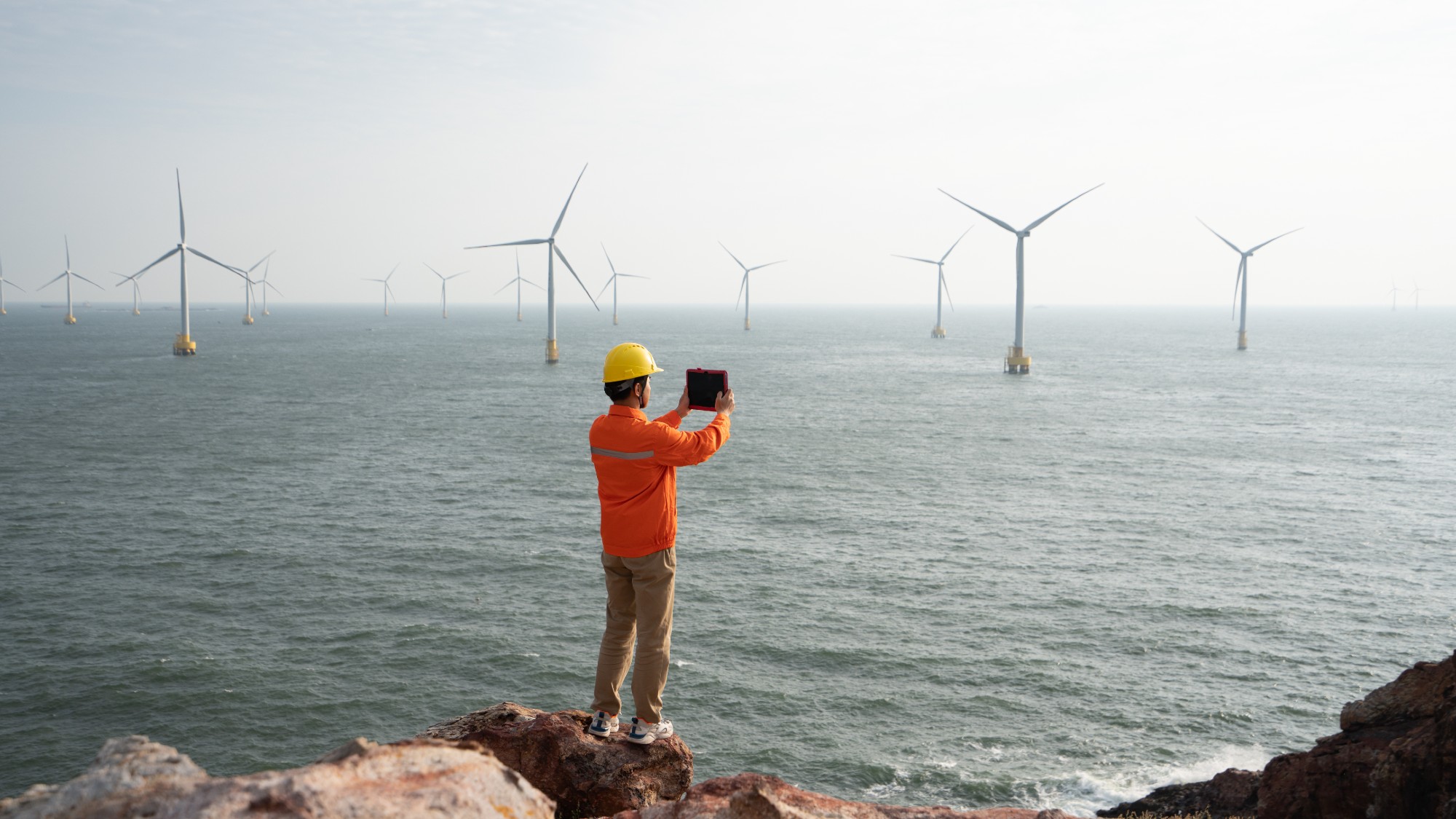The battle over the Donbas: why is the region so key to this war?
Russia’s main war aim in Ukraine is now ‘the liberation of the Donbas’

Donbas is an abbreviation of the words “Donets Basin”: the region, bordering Russia and named after the Donets River, contains one of the world’s largest coal basins. Until the 18th century, it was a region of steppe grassland inhabited by Cossack and Tatar nomads and known in Ukrainian as Dyke Pole, “the wild fields”. But its character changed profoundly after coal was discovered: it became one of Russia’s major industrial regions.
Today, the Donbas is shorthand for two Ukrainian oblasts (provinces), Donetsk and Luhansk, based on two cities which were both founded by British industrialists. Charles Gascoigne, an Englishman, built an iron works in what is now Luhansk in 1795; and Welshman John Hughes started a steel plant and coal mine in Donetsk in 1869. The latter city was named after him (“Hughesovka” or “Yuzovka”) until the Soviet era.
Why does it have such strong Russian links?
During the 18th century, the Donbas and the Black Sea coast were taken over from the Tatars and the Turks by the Russian empire, and became known as Novorossiya (New Russia). European colonists – Russians, Ukrainians, Romanians, Serbs, Greeks – were encouraged to settle there. But after the Industrial Revolution took hold in the late 19th century, the Donbas was largely settled by Russian workers. By 1913, it produced nearly 90% of Russian coal.
The Week
Escape your echo chamber. Get the facts behind the news, plus analysis from multiple perspectives.

Sign up for The Week's Free Newsletters
From our morning news briefing to a weekly Good News Newsletter, get the best of The Week delivered directly to your inbox.
From our morning news briefing to a weekly Good News Newsletter, get the best of The Week delivered directly to your inbox.
The Soviet Union absorbed most of modern-day Ukraine in 1922, and the Donbas became one of the USSR’s main coal- and steel-producing areas; it was dubbed “the heart of Russia” in Soviet propaganda. After Second World War, about two million Russians moved to the Donbas to work in its factories.
What are the region’s demographics?
In Soviet and post-Soviet times, the cities were largely Russian ethnically and linguistically, while the villages remained Ukrainian. Ukraine’s 2001 census (its most recent) found that ethnic Ukrainians form 58% of the population of Luhansk Oblast and 56.9% of Donetsk Oblast; ethnic Russians formed 39% and 38.2% respectively. This made it Ukraine’s most ethnically Russian region except for Crimea.
In Donetsk, Russian was the main language of 74.9% of residents; in Luhansk, that figure was 68.8%. Voting patterns in the region have long suggested stronger support for closer links to Russia than elsewhere in Ukraine: in the elections of 2004 and 2010, the pro-Russian candidate Viktor Yanukovych (a Donetsk native) performed strongly in Donbas; he was elected president from 2010 until the Euromaidan crisis in 2014.
What happened in 2014?
In February, President Yanukovych fled Kyiv after months of street protests in the “Maidan Revolution”, precipitated by his rejection of Ukraine’s association agreement with the EU. In most of Ukraine and in the West, this was seen as a pro-European democratic uprising.
A free daily email with the biggest news stories of the day – and the best features from TheWeek.com
In Donbas, and other ethnically Russian areas, it was regarded by many as a Ukrainian nationalist movement (with fascist elements), which threatened their identity: in 2014, for instance, laws which protected the use of the Russian language in schools and government institutions were scrapped.
Russia responded to the crisis by annexing Crimea in March that year; a month later, hostilities erupted in Ukraine’s east, where Russian-backed militias seized government buildings in Donetsk and Luhansk. In May, the groups declared independence as the People’s Republics of Donetsk and Luhansk (known as the DNR and LNR, respectively), reviving the term Novorossiya to identify the Donbas.
How did the conflict play out?
Initially, Russia fought a “hybrid” war, using local fighters backed by Russian special forces and mercenaries, and by extensive military support. But when Ukrainian forces went on the offensive, threatening to take back nearly all the separatist-held territories – including the prized port city of Mariupol – Russia launched a conventional invasion in response.
In February 2015, a ceasefire brokered by France and Germany – known as Minsk II – froze the conflict, leaving about a third of Luhansk and Donetsk under separatist control. A 500km “line of contact”, bristling with trenches and landmines, cut the region in two. More than 14,000 people were killed in Donbas from 2014-2021. The UN said in 2018 that 1.6 million people had been displaced in the region, which had a pre-war population of 6.5 million.
Is the separatist cause justified?
No. Donbas certainly has a political culture distinct from much of Ukraine; the language issue has caused resentment, and some rightwing Ukrainian nationalist parties are explicitly Russophobic. But before 2014, there was no evidence of widespread mistreatment of Russian Ukrainians, and pro-Russian separatism was a minority position among them.
In Ukraine’s 1991 independence referendum, 84% of people in Donetsk and Luhansk voted for independence from the USSR. However, the Kremlin has weaponised ethnic grievances, using them as an excuse to instal brutal puppet governments, which owe their power to Moscow.
What is life like inside the breakaway republics?
In their eight-years of existence, the republics of DNR and LNR have evolved into “North Korea-like statelets”, says Mansur Mirovalev on Al Jazeera. Both have restored the Soviet constitutions adopted by Stalin; in Donetsk, a 13.5m statue of Lenin dominates the main square. The death penalty is prescribed for various crimes, an anomaly in modern-day Europe.
Conversations, phone calls and text messages are monitored by secret police; arbitrary arrests are common, and many reports suggest interrogators have used torture to extract confessions. There is no press freedom; electoral fraud is widespread; corruption is rife.
Both republics are “entirely dependent on Moscow for financial and military support”, a report by the Freedom House NGO said this year. Crossings into Ukrainian-controlled territory are tightly restricted, and schools, universities, public services and businesses are dominated by people loyal to the separatist leadership.
As part of the statelets’ “Russification” campaigns, official-language status for Ukrainian has been abolished, and schools have stopped teaching Ukrainian language and history. Since 2019, the Russian government has distributed more than 600,000 Russian passports to residents.
Why is the region so important to Putin?
The “liberation” of those living under “neo-Nazi” rule in Donbas is Putin’s casus belli, and before launching the invasion in February he recognised the separatist republics. It is generally thought that, if he manages to conquer the Donbas, he will annex it, as he did with Crimea in 2014. He wants it for its own sake, and also as a “land bridge” from Russia to Crimea, and possibly other Russianspeaking cities such as Kherson, and even Odesa in the southwest.
However, even Ukraine’s pro-Russian parties came out against the invasion, and the savaging of Russian-speaking cities such as Mariupol and Kharkiv has powerfully alienated RussianUkrainians from Putin’s war aims.
-
 US citizens are carrying passports amid ICE fears
US citizens are carrying passports amid ICE fearsThe Explainer ‘You do what you have to do to avoid problems,’ one person told The Guardian
-
 All roads to Ukraine-Russia peace run through Donetsk
All roads to Ukraine-Russia peace run through DonetskIN THE SPOTLIGHT Volodymyr Zelenskyy is floating a major concession on one of the thorniest issues in the complex negotiations between Ukraine and Russia
-
 Why is Trump killing off clean energy?
Why is Trump killing off clean energy?Today's Big Question The president halts offshore wind farm construction
-
 All roads to Ukraine-Russia peace run through the Donbas
All roads to Ukraine-Russia peace run through the DonbasIN THE SPOTLIGHT Volodymyr Zelenskyy is floating a major concession on one of the thorniest issues in the complex negotiations between Ukraine and Russia
-
 US offers Ukraine NATO-like security pact, with caveats
US offers Ukraine NATO-like security pact, with caveatsSpeed Read The Trump administration has offered Ukraine security guarantees similar to those it would receive from NATO
-
 How Bulgaria’s government fell amid mass protests
How Bulgaria’s government fell amid mass protestsThe Explainer The country’s prime minister resigned as part of the fallout
-
 Europe sets 2027 deadline to wean itself from Russian gas
Europe sets 2027 deadline to wean itself from Russian gasIN THE SPOTLIGHT As negotiators attempt to end Russia’s yearslong Ukraine invasion, lawmakers across the EU agree to uncouple gas consumption from Moscow’s petrochemical infrastructure
-
 Pakistan: Trump’s ‘favourite field marshal’ takes charge
Pakistan: Trump’s ‘favourite field marshal’ takes chargeIn the Spotlight Asim Munir’s control over all three branches of Pakistan’s military gives him ‘sweeping powers’ – and almost unlimited freedom to use them
-
 Is Europe finally taking the war to Russia?
Is Europe finally taking the war to Russia?Today's Big Question As Moscow’s drone buzzes and cyberattacks increase, European leaders are taking a more openly aggressive stance
-
 Pushing for peace: is Trump appeasing Moscow?
Pushing for peace: is Trump appeasing Moscow?In Depth European leaders succeeded in bringing themselves in from the cold and softening Moscow’s terms, but Kyiv still faces an unenviable choice
-
 Femicide: Italy’s newest crime
Femicide: Italy’s newest crimeThe Explainer Landmark law to criminalise murder of a woman as an ‘act of hatred’ or ‘subjugation’ but critics say Italy is still deeply patriarchal